Review: Motorola Moto E for Cricket Wireless
Media
With Motorola's penchant for stock Android over busy user interface skins, you shouldn't be too surprised to learn the Moto E ships with naught but the core Google Play apps for consuming media. The Play-branded apps appear on all Android devices and they generally work well for listening to music, watching movies, and reading books and magazines. The latest versions of these apps, which appeared alongside the arrival of Android 5.0 late last year, are quite user-friendly.
The phone includes the YouTube app and an FM radio, but no stand-alone MP3 player or video player apps. This means you can't play content stored on a memory card unless you download an app from the Play Store. The phone is devoid of content-sharing tools unless you choose to download and install Chromecast yourself (free from the Play Store).
I was generally pleased with the quality of music when played through my favorite pair of regular headphones, but video playback on the qHD screen was definitely lacking.
Camera
Camera software has never been Motorola's strong suit. Its camera app is one of a handful from Moto that breaks with the stock tools offered by Google, though it's an apple that doesn't fall far from the tree. It opens quickly from the lock screen or the home screen, and the E supports Motorola's twist-your-wrist gesture to launch the camera.
There isn't much to the user interface. There are only two buttons: one for the video camera and another for the user-facing camera. (Every so often, a little "?" appears in the upper right corner to offer you a helpful tutorial on the completely non-obvious controls.) The controls can only be accessed by swiping from left the side of the viewfinder towards the center. This opens a semicircular dial that is used to pick from a limited set of options. The Moto E includes auto HDR and panorama shooting modes, in addition to a timer.
Like other Motos, the E has a burst mode that will automatically capture a burst of shots for as long as you hold your finger to the screen. It's a little kludgy on the E, though, and seems to stutter.
The camera doesn't offer advanced controls such as scenes, ISO, brightness, or white balance. It's worth mentioning that the phone doesn't have a flash, either. On the flip side, some may appreciate the E's simplicity. It's mostly just point and shoot.
I found the E was a bit slow to focus and capture images. This is somewhat common behavior on devices of this class. It's not terribly slow; rather, it's simply not fast.
Photos
The Moto E's 5-megapixel sensor delivered images that ranged from good to bad. Focus was sharp only about half the time. Exposure was accurate about half the time, too; it had a really hard time balancing scenes with light and dark regions. Quite often the light areas would be overblown while the darks exposed correctly. White balance, surprisingly, was accurate most of the time. But if you're in a dark room (club, restaurant), forget it; with no flash, you're pretty much out of luck.
The Moto E suffices for capturing spontaneous shots, but isn't good enough to be your main camera.
Video
This entry-level handset is limited to capturing 720p HD video. I'd say it's more consistent at producing usable video results than the still camera, but that's not saying much. The video was soft and exposure ranged from poor to OK. Dark environments produce almost nothing but grain. You might be able to get away with using the Moto E for some basic daytime video, but you need something better for important events.
Gallery
The Moto E ditches the old-school Gallery app in favor of the newer Photos app from Google. This is typical for a Lollipop device. The Photos app works in conjunction with Google+ to offer some features not found in the older app. For example, Photos will automatically upload your images for safekeeping. It can apply an "auto-awesome" feature for improving photos automatically, and it creates instant slideshows based on time/location data ("Saturday in Central Park" for example). It also has better tools for editing and tweaking photos. The sharing features are not quite as easy to use as in the older Gallery app, but they are extensive. There are simpler apps out there, but Photos has a short learning curve.
Bluetooth
I didn't run into any trouble using the Moto E's Bluetooth radio and associated functions. It paired easily with a smartwatch, a pair of headphones, and my car's hands-free system. Phone calls passed through wireless headphones were rather crummy in terms of volume and quality. Without the aptX profile, music sounded decent through my best Bluetooth speaker, but not as good as it could have. The E was able to pass files to other devices no problem.
Browser
Chrome is the only browser installed on the Moto E and that's fine with me. The browser renders both desktop and mobile-optimized web sites with ease and includes a solid feature set, such as bookmark and tab syncing across devices. It performed really well in tandem with AT&T's (neé, Cricket's) network, though I've seen faster page load times. If you're not a fan of Chrome, there are plenty of options in the Play Store.
Clock
The lock screen clock is a simple, white, digital clock on a black background. It lights up every time you get a notification, and also when you jostle or bump the phone. It's pretty much invisible when you're outdoors, though, thanks to the mediocre screen.
GPS
Google Maps is on board and that's all you need to get from here to there. The GPS radio is well-tuned to Google's navigation software, as it pegged my coordinates quickly and accurately. The app itself is feature-rich and apt for planning trips. You'll have no trouble relying on the Moto E for directing you to B from A.
Moto
Moto Assist was rebranded as just Moto. It helps users manage notifications to prevent interruptions, such as when sleeping, when driving, and when in meetings. It automatically detects when you're driving, and can be set to enter sleep mode on a set schedule, if you wish. It also knows when you're in meetings thanks to your calendar appointments. You can allow select contacts to break through sleep mode in the case of an emergency. The Moto Assist function also works with the home screen, where it delivers simple lock screen notifications discussed earlier.
Migrate
Moto Migrate is a separate app meant to help you transfer all of your content from one device to another. It works with media, call and text history, as well as SIM contacts. The tool makes use of a QR code scanner to pair the two devices and then uses Google's servers to migrate the data between the phones. It makes it pretty easy to send data to another device. This functionality now also works with feature phones and can be used to transfer contacts through a Bluetooth connection. That makes the E a bit more appealing for someone switching to their first smartphone.











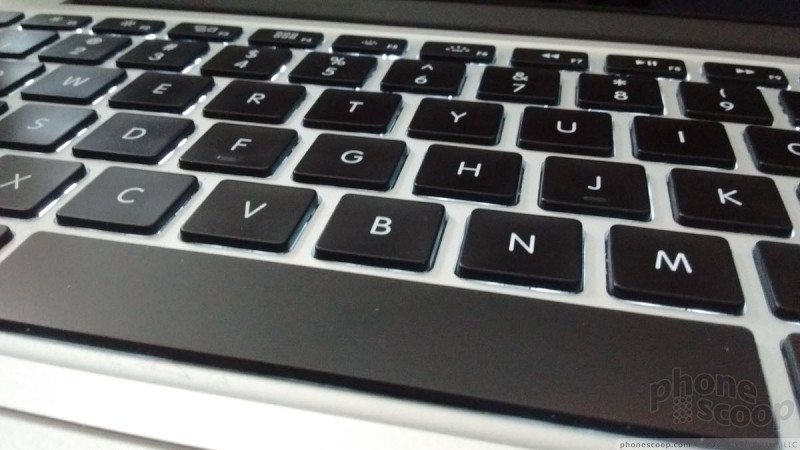











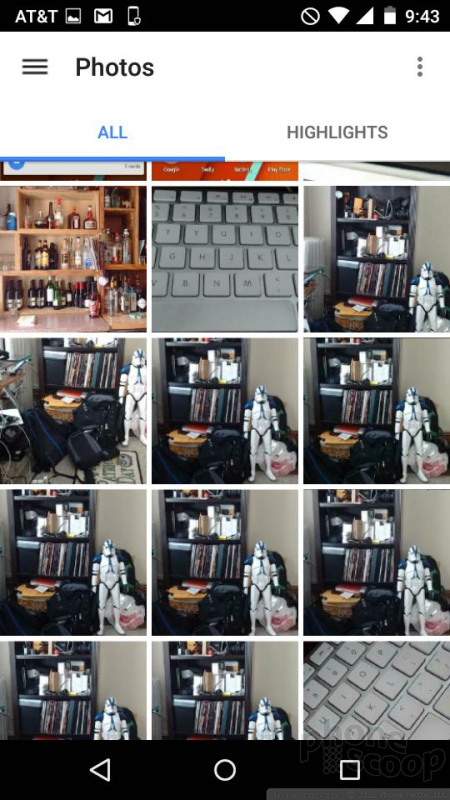





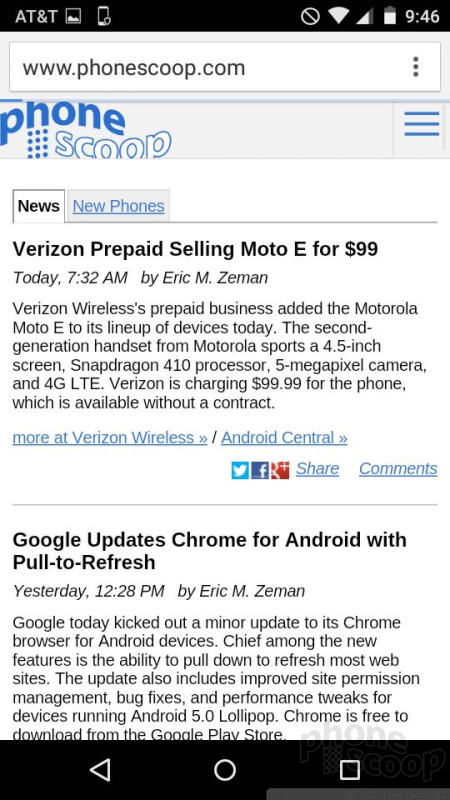



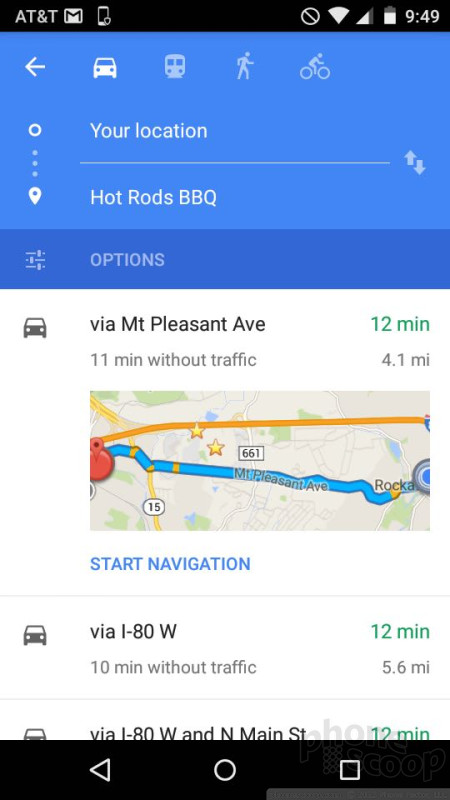



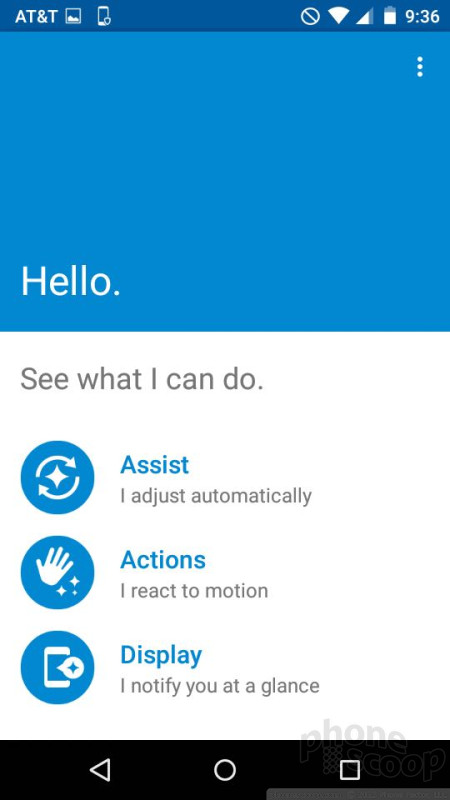




 Hands-On: Motorola Moto E, 2nd Gen.
Hands-On: Motorola Moto E, 2nd Gen.
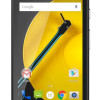 Cricket to Sell Motorola Moto E Beginning March 13
Cricket to Sell Motorola Moto E Beginning March 13
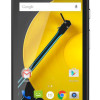 Sprint to Sell Motorola Moto E Across Its Prepaid Brands
Sprint to Sell Motorola Moto E Across Its Prepaid Brands
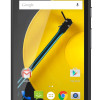 Motorola Updates Moto E with LTE
Motorola Updates Moto E with LTE
 Motorola Moto E (2nd gen., LTE/GSM)
Motorola Moto E (2nd gen., LTE/GSM)





